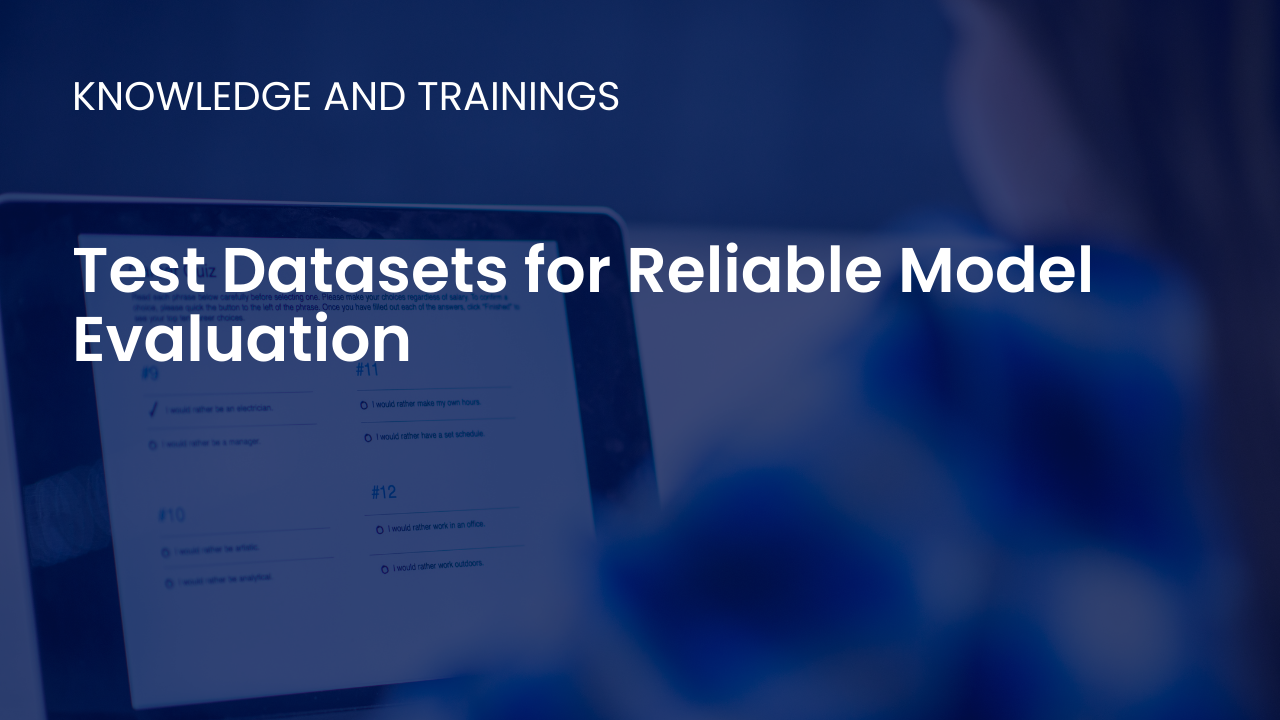What is Customer Due Diligence (CDD)?
Customer Due Diligence (CDD) is a process that involves identifying and verifying the identity of a business's customers. The primary objective of CDD is to assess the risk profile of customers and ensure that they are who they claim to be. CDD is a standard procedure required by anti-money laundering (AML) and counter-terrorism financing (CTF) regulations globally.
Steps Involved in CDD
- Customer Identification: The first step in CDD is to collect basic information about the customer, such as name, date of birth, address, and identification number. This information is typically verified using government-issued identification documents like passports, driver's licenses, or national ID cards.
- Risk Assessment: Once the customer's identity is verified, businesses must assess the risk associated with the customer. This involves gathering additional information such as the customer's occupation, source of funds, and the purpose of the account or transaction. Customers are then categorized into different risk levels (e.g., low, medium, high).
- Ongoing Monitoring: CDD is not a one-time process. Businesses must continuously monitor their customers' activities to detect any unusual or suspicious behavior. This involves regularly updating customer information, reviewing transactions, and conducting periodic risk assessments.
What is Enhanced Due Diligence (EDD)?
Enhanced Due Diligence (EDD) is a more thorough investigation and monitoring process for high-risk customers. EDD goes beyond standard CDD measures to provide a deeper understanding of the customer's background, financial activities, and potential risks. EDD is essential for managing higher risks associated with certain customers or transactions.
Steps Involved in EDD
- In-Depth Customer Investigation: EDD involves collecting more detailed information about the customer, including their financial history, business activities, and affiliations. This may involve checking publicly available information, conducting background checks, and verifying the source of funds.
- Enhanced Risk Assessment: For high-risk customers, businesses must perform a more comprehensive risk assessment. This includes evaluating the customer's overall risk profile, considering factors such as their country of residence, type of business, and historical transaction patterns.
- Continuous Monitoring and Reporting: EDD requires continuous and more frequent monitoring of the customer's transactions and activities. Businesses must closely track high-risk customers for any suspicious behavior and report any findings to regulatory authorities as required by law.
Importance of CDD and EDD
- Preventing Financial Crimes: Both CDD and EDD are essential for detecting and preventing financial crimes such as money laundering, terrorist financing, and fraud.
- Regulatory Compliance: Financial institutions and businesses are legally required to implement CDD and EDD procedures to comply with AML and CTF regulations. Failure to do so can result in severe penalties, fines, and reputational damage.
- Risk Management: By effectively implementing CDD and EDD, businesses can better manage and mitigate risks associated with their customers, ensuring the integrity and security of their operations.
- Building Trust: Implementing robust due diligence procedures helps build trust with customers, regulators, and other stakeholders by demonstrating a commitment to transparency and ethical business practices.
Best Practices for Implementing CDD and EDD
- Leverage Technology: Utilize advanced technologies such as artificial intelligence (AI) and machine learning to automate the CDD and EDD processes, reducing human error and improving efficiency.
- Training and Awareness: Provide regular training to employees on the importance of CDD and EDD, regulatory requirements, and the procedures for conducting due diligence.
- Develop Comprehensive Policies: Establish and maintain comprehensive CDD and EDD policies that outline the steps to be taken for customer identification, risk assessment, and ongoing monitoring.
- Collaboration with Authorities: Work closely with regulatory authorities and law enforcement agencies to stay updated on the latest regulations, trends, and best practices in CDD and EDD.
Conclusion
Customer Due Diligence (CDD) and Enhanced Due Diligence (EDD) are vital processes for financial institutions and businesses to verify customer identities, manage risks, and comply with regulatory requirements. By implementing effective CDD and EDD procedures, businesses can prevent financial crimes, protect themselves from potential losses, and build trust with customers and stakeholders. Leveraging technology, providing training, and developing comprehensive policies are essential steps to ensure robust due diligence processes.


























































.svg)


